Signs of a brain infection. Encephalitis: Symptoms, Causes, and Treatment of Brain Inflammation
What are the signs of encephalitis. How is encephalitis diagnosed. What treatments are available for encephalitis. Who is at risk for developing encephalitis. How long does recovery from encephalitis take. What are the potential complications of encephalitis. How can encephalitis be prevented.
Understanding Encephalitis: An Overview of Brain Inflammation
Encephalitis is a serious condition characterized by inflammation of the brain tissue. This inflammation can be caused by various factors, including viral infections, bacterial infections, or autoimmune responses. Encephalitis can affect people of all ages and can range from mild to severe, potentially leading to long-term complications or even life-threatening situations if left untreated.
The condition often develops rapidly, necessitating immediate medical attention. Understanding the symptoms, causes, and treatment options for encephalitis is crucial for early detection and improved outcomes.

Recognizing the Symptoms of Encephalitis
Identifying the symptoms of encephalitis early is vital for prompt treatment. The signs can vary depending on the severity and cause of the inflammation. Some common symptoms include:
- Sudden high fever
- Severe headache
- Nausea and vomiting
- Sensitivity to light
- Neck stiffness
- Confusion or altered mental state
- Seizures
- Weakness or partial paralysis
- Drowsiness or loss of consciousness
In infants and young children, additional signs may include:
- Bulging of the soft spots (fontanels) on the skull
- Irritability
- Poor feeding
- Constant crying
How quickly do encephalitis symptoms develop?
Encephalitis symptoms can develop rapidly, often within hours to a few days. The sudden onset of symptoms, particularly fever and altered mental state, should prompt immediate medical evaluation.
Causes and Risk Factors for Encephalitis
Encephalitis can be caused by various factors, with viral infections being the most common. Some of the primary causes include:
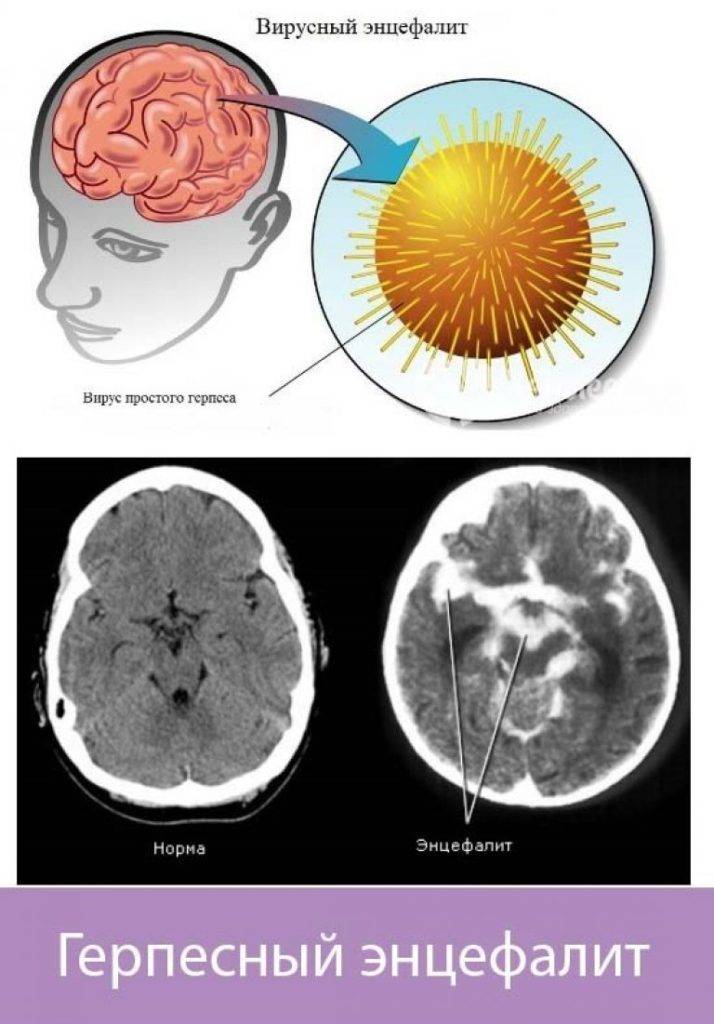
- Viral infections:
- Herpes simplex virus (HSV)
- Varicella-zoster virus (chickenpox and shingles)
- Enteroviruses
- Mosquito-borne viruses (e.g., West Nile virus, Zika virus)
- Tick-borne viruses
- Bacterial infections (less common)
- Fungal infections (rare, usually in immunocompromised individuals)
- Parasitic infections (e.g., toxoplasmosis)
- Autoimmune disorders
- Certain medications or toxins (rare)
Who is at higher risk for developing encephalitis?
While encephalitis can affect anyone, certain groups are at higher risk:
- Infants and young children
- Older adults
- People with weakened immune systems (e.g., HIV/AIDS patients, those on immunosuppressive drugs)
- Individuals living in or traveling to areas with high rates of mosquito- or tick-borne diseases
- Those who haven’t received routine vaccinations
Diagnosing Encephalitis: Medical Evaluations and Tests
Diagnosing encephalitis often involves a combination of clinical evaluation and diagnostic tests. The process typically includes:
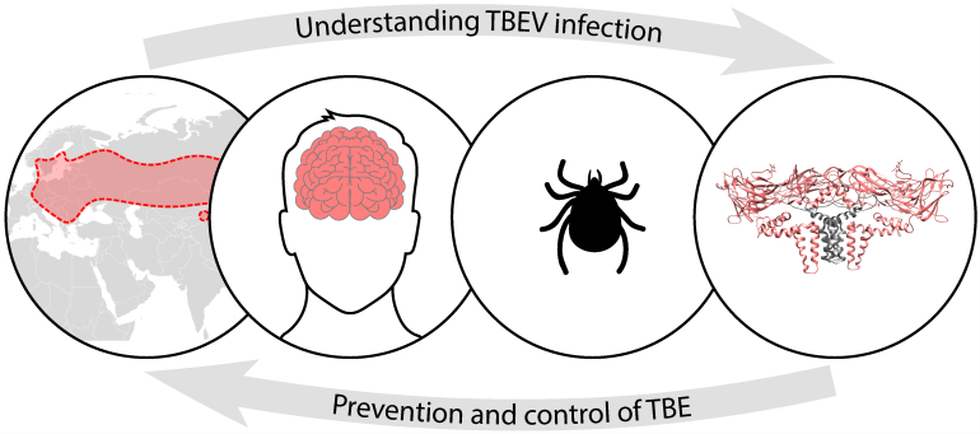
- Physical examination and medical history review
- Neurological examination
- Blood tests to check for infections and immune system responses
- Lumbar puncture (spinal tap) to analyze cerebrospinal fluid
- Brain imaging studies:
- Magnetic Resonance Imaging (MRI)
- Computed Tomography (CT) scan
- Electroencephalogram (EEG) to measure brain electrical activity
- Brain biopsy (in rare cases)
How is the cause of encephalitis determined?
Identifying the specific cause of encephalitis can be challenging. Doctors may use a combination of tests, including blood tests, cerebrospinal fluid analysis, and imaging studies, to determine the underlying cause. In some cases, the exact cause may remain unknown.
Treatment Approaches for Encephalitis
Treatment for encephalitis focuses on addressing the underlying cause, managing symptoms, and supporting bodily functions. The specific treatment plan depends on the severity of the condition and its cause. Common treatment approaches include:
- Antiviral medications (e.g., acyclovir for herpes simplex virus)
- Antibiotics (if bacterial infection is suspected or confirmed)
- Antifungal medications (for fungal encephalitis)
- Corticosteroids (to reduce inflammation)
- Immunoglobulin therapy
- Plasmapheresis (to remove harmful antibodies from the blood)
- Anticonvulsant medications (to control seizures)
- Pain relief medications
- Sedatives (for agitation or restlessness)
- Mechanical ventilation (if breathing is compromised)
Where is encephalitis typically treated?
Encephalitis is usually treated in a hospital setting, often in an intensive care unit (ICU). The duration of hospitalization can vary from a few days to several weeks or even months, depending on the severity of the condition and the patient’s response to treatment.
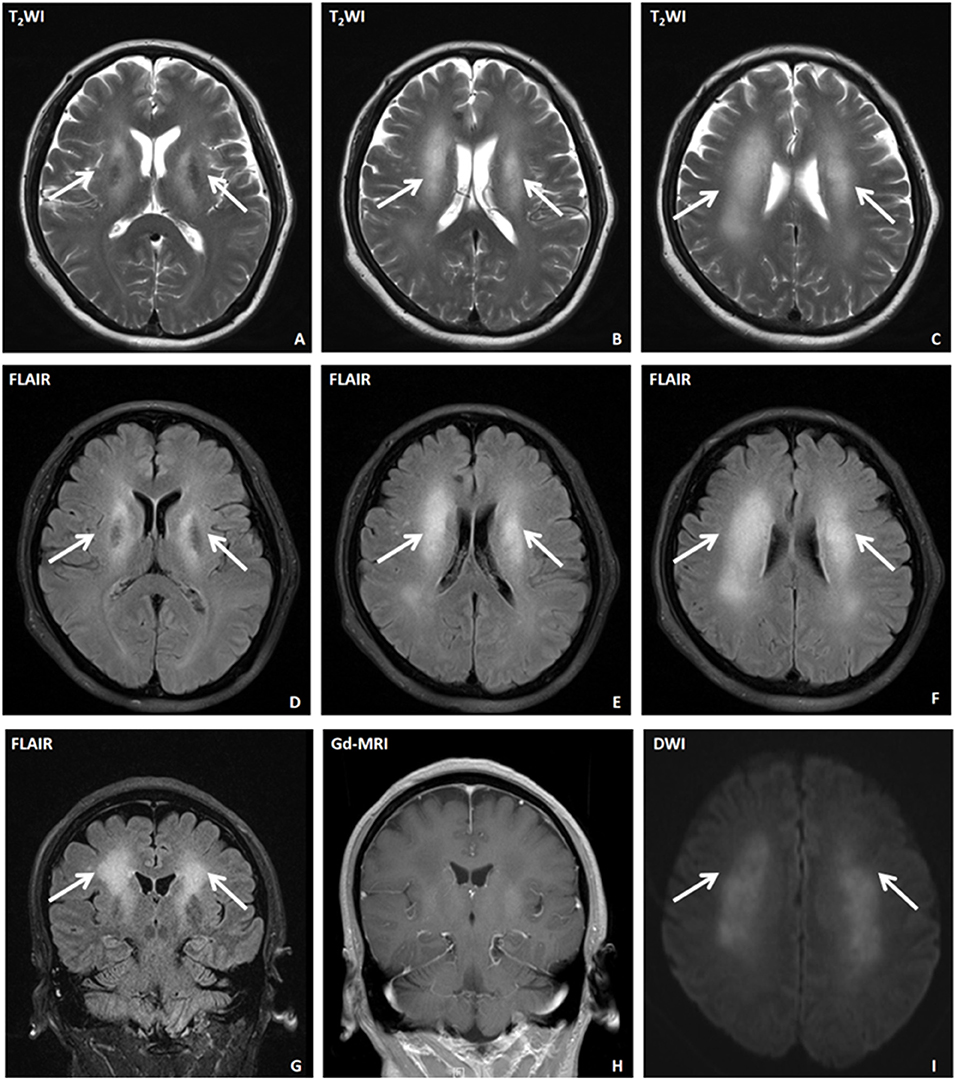
Recovery and Rehabilitation from Encephalitis
Recovery from encephalitis can be a lengthy process, and the long-term outcomes can vary significantly. Some individuals may recover fully within weeks, while others may experience lasting effects. The recovery process often involves:
- Physical therapy to regain strength and coordination
- Occupational therapy to relearn daily living skills
- Speech therapy to address language and communication difficulties
- Cognitive rehabilitation to improve memory and thinking skills
- Psychological support to manage emotional and behavioral changes
What factors influence the recovery process from encephalitis?
Several factors can affect the recovery process and long-term outcomes of encephalitis:
- Age of the patient
- Cause of the encephalitis
- Severity and duration of the inflammation
- Promptness of diagnosis and treatment
- Areas of the brain affected
- Presence of underlying health conditions
Potential Complications and Long-term Effects of Encephalitis
While many people recover fully from encephalitis, some may experience long-term complications. These can include:
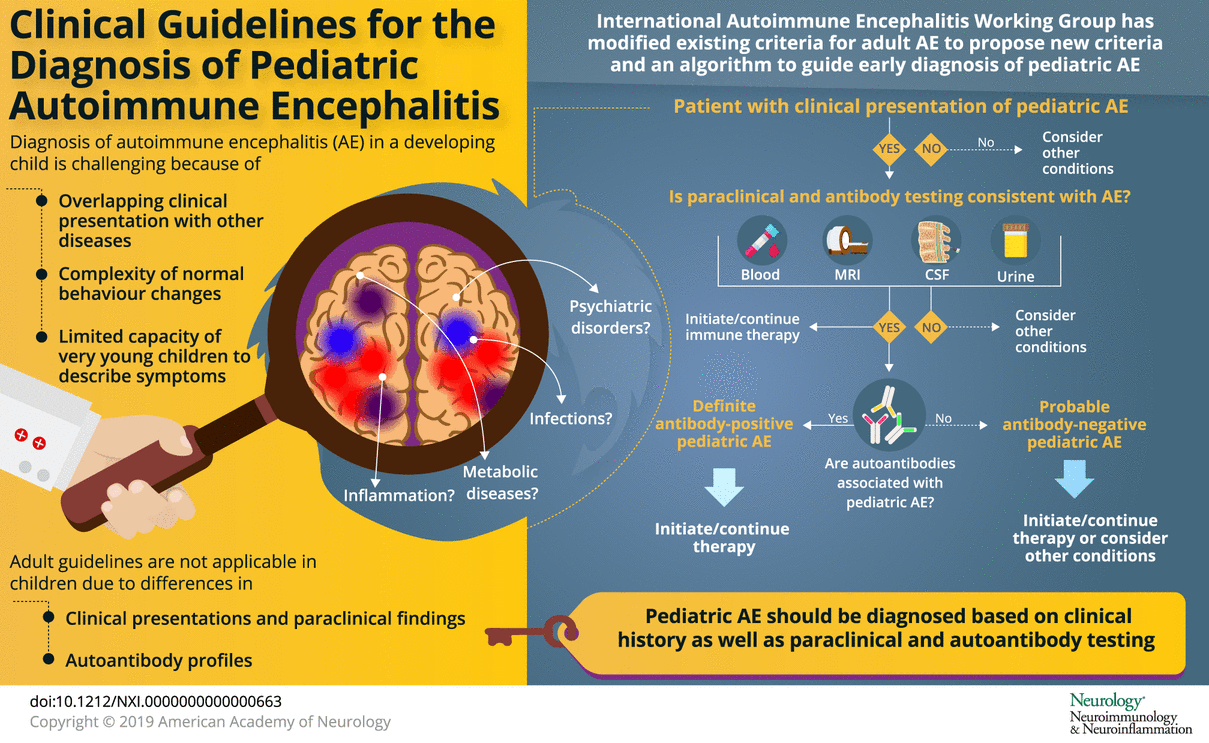
- Memory problems
- Personality changes
- Physical disabilities
- Speech and language difficulties
- Epilepsy or recurring seizures
- Fatigue
- Hearing or vision deficits
- Cognitive impairments
- Emotional and behavioral changes
How common are long-term effects after encephalitis?
The likelihood of experiencing long-term effects varies depending on the individual case. Some studies suggest that up to 20-30% of encephalitis survivors may experience some form of long-term complication. Regular follow-up care and rehabilitation can help manage these effects and improve quality of life.
Prevention Strategies for Encephalitis
While not all cases of encephalitis can be prevented, certain measures can reduce the risk of developing the condition:
- Vaccination:
- Routine childhood vaccinations (e.g., measles, mumps, rubella)
- Japanese encephalitis vaccine for travelers to certain regions
- Tick-borne encephalitis vaccine in endemic areas
- Mosquito and tick bite prevention:
- Use of insect repellents
- Wearing protective clothing
- Avoiding outdoor activities during peak mosquito hours
- Practicing good hygiene to prevent viral infections
- Avoiding close contact with individuals who have infectious illnesses
- Strengthening the immune system through a healthy lifestyle
Can encephalitis be completely prevented?
While prevention strategies can significantly reduce the risk of encephalitis, it’s not possible to completely prevent all cases. Some forms of encephalitis, such as those caused by autoimmune reactions, may not be preventable. However, implementing preventive measures can greatly decrease the likelihood of developing infectious forms of encephalitis.

Research and Advancements in Encephalitis Treatment
Ongoing research in the field of encephalitis aims to improve diagnosis, treatment, and outcomes for patients. Some areas of focus include:
- Development of more accurate and rapid diagnostic tests
- Identification of new antiviral and immunomodulatory therapies
- Understanding the long-term effects of encephalitis on brain function
- Exploring neuroprotective strategies to minimize brain damage
- Investigating the role of the gut-brain axis in neuroinflammation
- Developing targeted therapies for autoimmune encephalitis
What recent advancements have been made in encephalitis treatment?
Recent advancements in encephalitis treatment include:
- Improved neuroimaging techniques for earlier and more accurate diagnosis
- Development of novel antiviral medications with better efficacy and fewer side effects
- Advances in immunotherapy for autoimmune encephalitis
- Enhanced understanding of the molecular mechanisms underlying brain inflammation
- Improved rehabilitation techniques for better long-term outcomes
These advancements offer hope for better management and outcomes for individuals affected by encephalitis. As research continues, it is likely that new treatment options and preventive strategies will emerge, further improving the prognosis for those diagnosed with this serious condition.
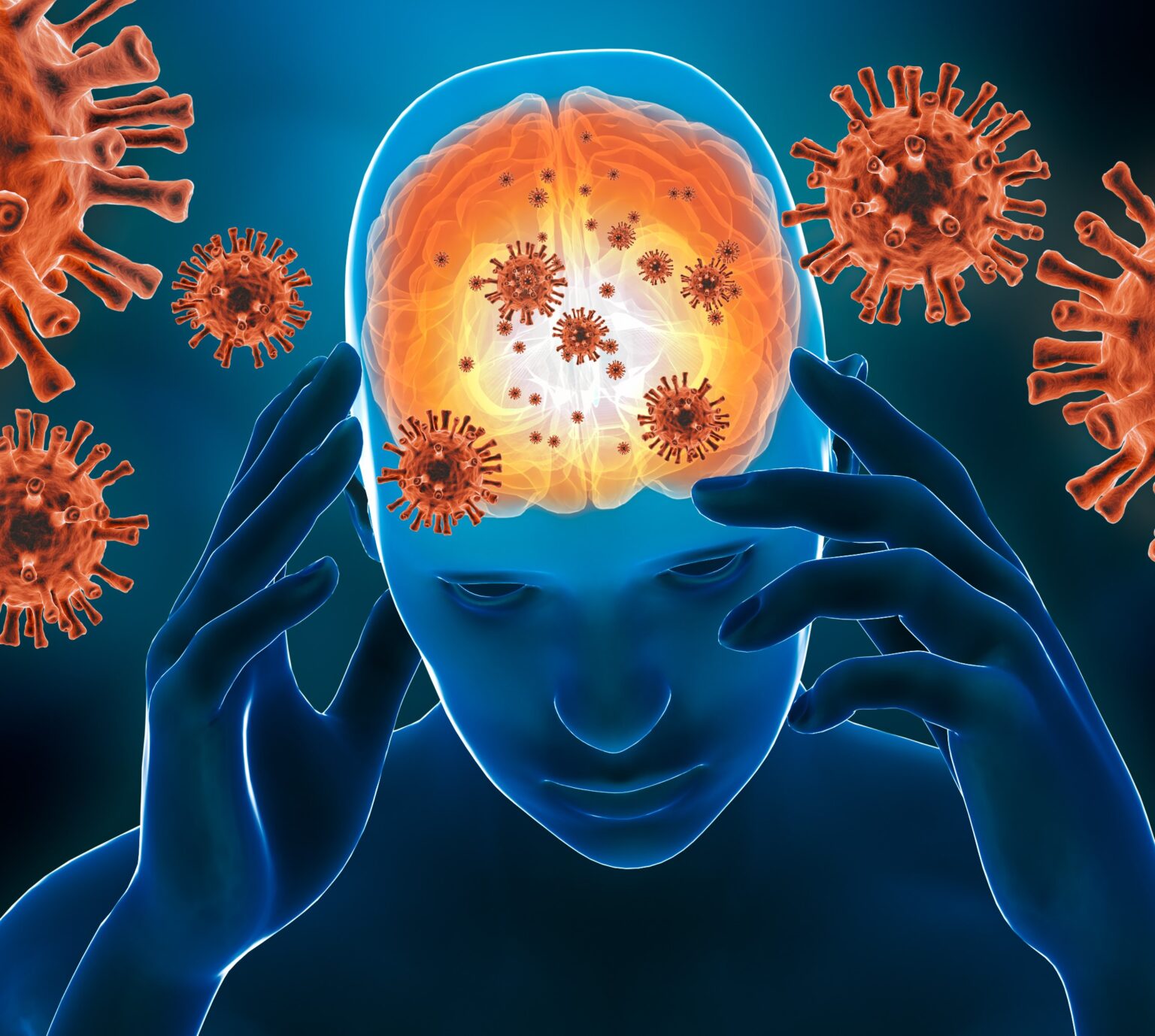
Encephalitis – Treatment – NHS
Encephalitis needs to be treated urgently. Treatment involves tackling the underlying cause, relieving symptoms and supporting bodily functions.
It’s treated in hospital – usually in an intensive care unit (ICU), which is for people who are very ill and need extra care.
How long someone with encephalitis needs to stay in hospital can range from a few days to several weeks or even months.
Treating the cause
If a cause of encephalitis is found, treatment will start straight away.
Possible treatments include:
- antiviral medicine – used if encephalitis is caused by the herpes simplex or chickenpox viruses; it’s usually given into a vein three times a day for 2 to 3 weeks
- steroid injections – used if encephalitis is caused by a problem with the immune system and sometimes in cases linked to the chickenpox virus; treatment is usually for a few days
- immunoglobulin therapy – medicine that helps control the immune system
- plasmapheresis – a procedure which removes the substances that are attacking the brain from the blood
- surgery to remove abnormal growths (tumours) – if encephalitis was triggered by a tumour somewhere in the body
- antibiotics or antifungal medicine – used if encephalitis is caused by a bacterial or fungal infection
If there’s no treatment for the underlying cause, treatment is given to support the body, relieve symptoms, and allow the best chance of recovery.
Other treatments
Encephalitis puts a lot of strain on the body and can cause a range of unpleasant symptoms.
Most people need treatment to relieve these symptoms and to support certain bodily functions until they’re feeling better.
This may involve:
- fluids given into a vein to prevent dehydration
- painkillers to reduce discomfort or a high temperature
- medicine to control seizures or fits
- medicine to help the person relax if they’re very agitated
- oxygen given through a face mask to support the lungs – sometimes a machine called a ventilator may be used to control breathing
- medicine to prevent a build-up of pressure inside the skull
Occasionally, surgery to remove a small piece of the skull may be needed if the pressure inside increases and medicine is not helping.
Page last reviewed: 15 May 2023
Next review due: 15 May 2026
National Institute of Neurological Disorders and Stroke
What is meningitis?
Meningitis is an infection of the meninges, the membranes that surround the brain and spinal cord. Infections and other disorders affecting the brain and spinal cord can activate the immune system, which leads to inflammation. This inflammation can produce a wide range of symptoms and, in extreme cases, cause brain damage, stroke, or even death.
The signs of meningitis may include:
- Sudden fever
- Severe headache
- Nausea or vomiting
- Double vision
- Sensitivity to bright light
- Stiffness in the neck
Meningitis often appears with flu-like symptoms that develop over one to two days. Distinctive rashes are typically seen in some forms of the disease. Meningococcal meningitis may be associated with kidney and adrenal gland failure and shock.
Important signs to watch for in an infant include fever, lethargy, not waking for feedings, vomiting, body stiffness, unexplained/unusual irritability, and a full or bulging fontanel (the soft spot on the top of the head).
Who is more likely to get meningitis?
Anyone—from infants to older adults—can get meningitis. People with weakened immune systems, including those persons with HIV or those taking immunosuppressant drugs, are at increased risk.
Some forms of bacterial meningitis are contagious and can be spread through contact with:
- Saliva
- Nasal discharge
- Feces
- Respiratory and throat secretions (often spread through kissing, coughing, or sharing drinking glasses, eating utensils, or such personal items as toothbrushes, lipstick, or cigarettes)
For example, people sharing a household, at a day care center, or in a classroom with an infected person can become infected. College students living in dormitories—in particular, college freshmen—have a higher risk of contracting meningococcal meningitis than college students overall. Children who have not been given routine vaccines are at increased risk of developing certain types of bacterial meningitis.
Children who have not been given routine vaccines are at increased risk of developing certain types of bacterial meningitis.
Because the disease can occur suddenly and progress rapidly, anyone who is suspected of having meningitis should immediately contact a doctor or go to the hospital.
Infectious causes of meningitis include bacteria, viruses, fungi, and parasites. For some individuals, environmental exposure (such as a parasite), recent travel, or an immunocompromised state (such as HIV, diabetes, steroids, chemotherapy treatment) are important risk factors. There are also non-infectious causes such as autoimmune/rheumatological diseases and certain medications.
- Bacterial meningitis is a rare but potentially fatal disease. Several types of bacteria can first cause an upper respiratory tract infection and then travel through the bloodstream to the brain. The disease can also occur when certain bacteria invade the meninges directly. Bacterial meningitis can cause stroke, hearing loss, and permanent brain damage.

- Pneumococcal meningitis is the most common form of meningitis and is the most serious form of bacterial meningitis. The disease is caused by the bacterium Streptococcus pneumoniae, which also causes pneumonia, blood poisoning (septicemia), and ear and sinus infections. At particular risk are children under age 2 and adults with a weakened immune system. People who have had pneumococcal meningitis often suffer neurological damage ranging from deafness to severe brain damage. Immunizations are available for certain strains of the pneumococcal bacteria.
- Meningococcal meningitis is caused by the bacterium Neisseria meningitides and is very contagious. High-risk groups include infants under the age of 1 year, people with suppressed immune systems, travelers to foreign countries where the disease is endemic, and college students (freshmen in particular), military recruits, and others who reside in dormitories. Between 10-15 percent of cases are fatal, with another 10-15 percent causing brain damage and other serious side effects.
 If meningococcal meningitis is diagnosed, people in close contact with an infected individual should be given preventative antibiotics.
If meningococcal meningitis is diagnosed, people in close contact with an infected individual should be given preventative antibiotics.
- Haemophilus influenzae meningitis was at one time the most common form of bacterial meningitis. Fortunately, the Haemophilus influenzae b vaccine has greatly reduced the number of cases in the United States. Those most at risk of getting this disease are children in child-care settings and children who do not have access to the vaccine.
Other forms of bacterial meningitis include:
- Listeria monocytogenes meningitis (in which certain foods such as unpasteurized dairy or deli meats are sometimes implicated).
- Escherichia coli meningitis, which is most common in elderly adults and newborns and may be transmitted to a baby through the birth canal.
- Mycobacterium tuberculosis meningitis, a rare disease that occurs when the bacterium that causes tuberculosis attacks the meninges.

Viral, or aseptic, meningitis is usually caused by enteroviruses—common viruses that enter the body through the mouth and travel to the brain and surrounding tissues where they multiply. Enteroviruses are present in mucus, saliva, and feces, and can be transmitted through direct contact with an infected person or an infected object or surface. Other viruses that cause meningitis include varicella zoster (the virus that causes chicken pox and can appear decades later as shingles), influenza, mumps, HIV, and herpes simplex type 2 (genital herpes).
Fungal infections can affect the brain. The most common form of fungal meningitis is caused by the fungus cryptococcus neoformans (found mainly in dirt and bird droppings). Cryptococcal meningitis mostly occurs in immunocompromised individuals such as those with AIDS but can also occur in healthy people. Some of these cases can be slow to develop and smolder for weeks. Although treatable, fungal meningitis often recurs in nearly half of affected persons.
Parasitic causes include cysticercosis (a tapeworm infection in the brain), which is common in other parts of the world, as well as cerebral malaria.
There are rare cases of amoebic meningitis, sometimes related to freshwater swimming, which can be rapidly fatal.
How is meningitis diagnosed and treated?
Diagnosing meningitis
Following a physical exam and medical history to review activities of the past several days or weeks (such as recent exposure to insects, ticks or animals, any contact with ill persons, or recent travel; preexisting medical conditions and medications), the doctor may order various diagnostic tests to confirm the presence of infection or inflammation. Early diagnosis is vital, as symptoms can appear suddenly and escalate to brain damage, hearing and/or speech loss, blindness, or even death.
Diagnostic tests include:
- A neurological examination involves a series of physical examination tests designed to assess motor and sensory function, nerve function, hearing and speech, vision, coordination and balance, mental status, and changes in mood or behavior.

- Laboratory screening of blood, urine, and body secretions can help detect and identify brain and/or spinal cord infection and determine the presence of antibodies and foreign proteins. Such tests can also rule out metabolic conditions that may have similar symptoms.
- Analysis of the cerebrospinal fluid that surrounds and protects the brain and spinal cord can detect infections in the brain and/or spinal cord, acute and chronic inflammation, and other diseases. A small amount of cerebrospinal fluid is removed by a special needle that is inserted into the lower back and the fluid is tested to detect the presence of bacteria, blood, and viruses. The testing can also measure glucose levels (a low glucose level can be seen in bacterial or fungal meningitis) and white blood cells (elevated white blood cell counts are a sign of inflammation), as well as protein and antibody levels.
Brain imaging can reveal signs of brain inflammation, internal bleeding or hemorrhage, or other brain abnormalities. Two imaging procedures are routinely used to diagnose meningitis.
Two imaging procedures are routinely used to diagnose meningitis.
- Computed tomography, also known as a CT scan
- Magnetic resonance imaging (MRI)
Additionally, electroencephalography, or EEG, can identify abnormal brain waves by monitoring electrical activity in the brain.
Treating meningitis
People who are suspected of having meningitis should receive immediate, aggressive medical treatment. The disease can progress quickly and has the potential to cause severe, irreversible neurological damage.
Early treatment of bacterial meningitis involves antibiotics that can cross the blood-brain barrier (a lining of cells that keeps harmful micro-organisms and chemicals from entering the brain). Appropriate antibiotic treatment for most types of meningitis can greatly reduce the risk of dying from the disease. Anticonvulsants to prevent seizures and corticosteroids to reduce brain inflammation may be prescribed.
Infected sinuses may need to be drained. Corticosteroids such as prednisone may be ordered to relieve brain pressure and swelling and to prevent hearing loss that is common in Haemophilus influenza meningitis. Lyme disease is treated with antibiotics.
Corticosteroids such as prednisone may be ordered to relieve brain pressure and swelling and to prevent hearing loss that is common in Haemophilus influenza meningitis. Lyme disease is treated with antibiotics.
Antibiotics, developed to kill bacteria, are not effective against viruses. Fortunately, viral meningitis is rarely life threatening and no specific treatment is needed. Fungal meningitis is treated with intravenous antifungal medications.
Prevention
People should avoid sharing food, utensils, glasses, and other objects with someone who may be exposed to or have the infection. People should wash their hands often with soap and rinse under running water.
Effective vaccines are available to prevent Haemophilus influenza, pneumococcal and meningococcal meningitis.
People who live, work, or go to school with someone who has been diagnosed with bacterial meningitis may be asked to take antibiotics for a few days as a preventive measure.
To lessen the risk of being bitten by an infected mosquito or other arthropod, people should:
- Limit outdoor activities at night
- Wear long-sleeved clothing when outdoors
- Use insect repellents that are most effective for that particular region of the country
- Rid lawn and outdoor areas of free-standing pools of water where mosquitoes like to breed
Repellants should not be overapplied, particularly on young children and especially infants, as chemicals like DEET may be absorbed through the skin.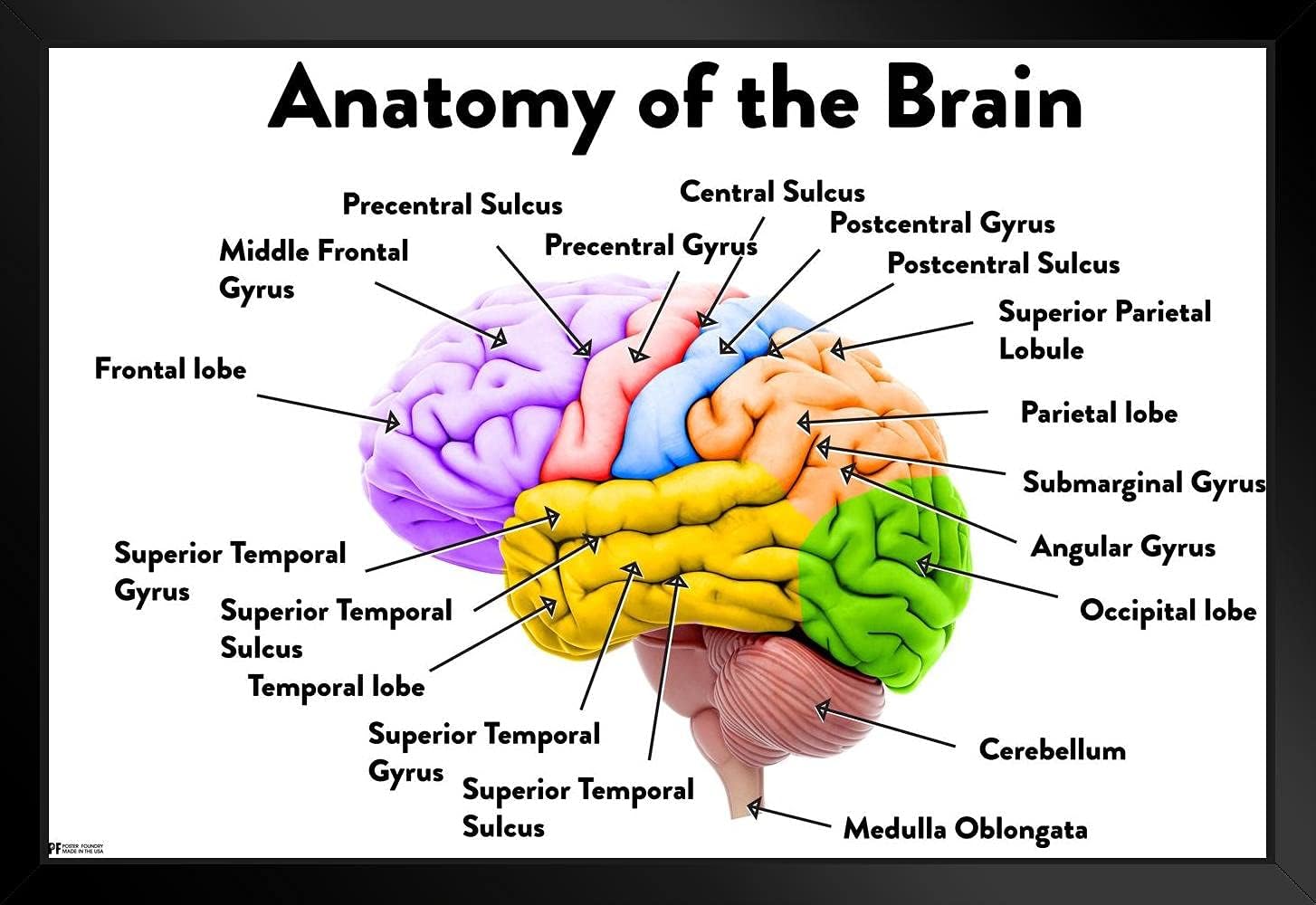
The outlook for individuals with meningitis generally depends on the particular infectious agent involved, the severity of the illness, and how quickly treatment is given. In most cases, people with very mild meningitis can make a full recovery, although the process may be slow.
Individuals who experience only headache, fever, and stiff neck may recover in two to four weeks. Individuals with bacterial meningitis typically show some relief 48-72 hours following initial treatment but are more likely to experience complications caused by the disease. In more serious cases, the disease can cause hearing and/or speech loss, blindness, permanent brain and nerve damage, behavioral changes, cognitive disabilities, lack of muscle control, seizures, and memory loss. These individuals may need long-term therapy, medication, and supportive care.
file-medical
Learn About Clinical Trials
Clinical trials are studies that allow us to learn more about disorders and improve care. They can help connect patients with new and upcoming treatment options.
They can help connect patients with new and upcoming treatment options.
How can I or my loved one help improve care for people with meningitis?
Consider participating in a clinical trial so clinicians and scientists can learn more about meningitis and related disorders. Clinical research uses human volunteers to help researchers learn more about a disorder and perhaps find better ways to safely detect, treat, or prevent disease.
All types of volunteers are needed—those who are healthy or may have an illness or disease—of all different ages, sexes, races, and ethnicities to ensure that study results apply to as many people as possible, and that treatments will be safe and effective for everyone who will use them.
For information about participating in clinical research visit NIH Clinical Research Trials and You. Learn about clinical trials currently looking for people with meningitis at Clinicaltrials.gov.
Where can I find more information about meningitis?
Information may be available from the following resources:
Centers for Disease Control and Prevention (CDC)
Phone: 800-232-4636HHV-6 Foundation
Phone: 888-530-6726MedlinePlus
Meningitis Foundation of America, Inc.

Phone: 480-270-2652National Meningitis Association
Phone: 866-366-3662National Institute of Allergy and Infectious Disease (NIAID)
Phone: 301-496-5717
Learn about related topics
- Encephalitis
Treatment of inflammation of the brain or spinal cord (meningitis, encephalitis, myelitis)
Treatment of inflammation of the brain or spinal cord (meningitis, encephalitis, myelitis)
Myelitis is a general term for diseases and any inflammatory processes affecting the human spinal cord. Encephalitis is a group of diseases characterized by inflammation of the brain. In turn, meningitis is an infectious disease that affects the membranes of both the spinal cord and the brain.
Causes of inflammation
Encephalitis is caused by neurotropic viruses. The disease can also occur due to complications of rubella, smallpox and measles, and infection can also occur through ticks or mosquitoes. Meningitis is caused mainly by three types of bacteria – pneumococci, meningococci and Haemophilus influenzae. Thus, the cause of inflammation of the spinal cord or brain one way or another are infections of a viral, fungal or bacterial nature, or parasites.
Meningitis is caused mainly by three types of bacteria – pneumococci, meningococci and Haemophilus influenzae. Thus, the cause of inflammation of the spinal cord or brain one way or another are infections of a viral, fungal or bacterial nature, or parasites.
Symptoms
The clinical picture is determined by the general extent and severity of the lesion. In most cases, patients experience the following symptoms:
- headache
- rise in body temperature
- nausea
- sensitivity to light
- general weakness
- in extreme manifestations, paralysis, epileptic seizures, impaired consciousness, etc. are possible.
Diagnosis
To diagnose and start treatment of inflammation of the spinal cord or brain, it is necessary to be examined by a neurologist. In addition to the examination, additional studies are carried out, including:
- computed tomography of the spinal cord and/or brain
- magnetic resonance imaging
- lumbar puncture for cerebrospinal fluid analysis, etc.

Treatment of inflammation of the brain or spinal cord
In such diseases, the doctors of the Viva clinic prescribe mainly drug therapy. As an additional treatment for inflammation of the brain and spinal cord, physiotherapy exercises, physiotherapy, and massage sessions are indicated.
Drug therapy involves taking antibiotics, vitamins, antiseptics, and other drugs. In addition, to ensure the effectiveness of the treatment of inflammation of the spinal cord and brain, an important role is played by:
- proper nutrition
- bed rest
- competent rehabilitation after recovery
Neurologists
Units where the procedure is performed
- Clinic at Vinogradarepr. V. Porika, 9a
- Clinic on Podoleul. Shchekavitskaya, 36
- Clinic on Troyeshchineul. Lavrukhina, 6
- Clinic on Lybidska st. Antonovicha, 155
- Clinic on Shulyavskaya st.
 Vadim Hetman, 1-in
Vadim Hetman, 1-in - Clinic on Troyeshchineul. Honore de Balzac, 85a
Still have questions?
Infections of the brain | Neurology
All infections are dangerous to varying degrees, and even more so – neuroinfections. The most dangerous of neuroinfections are those that affect the brain. There can be no “non-serious” diseases here. Each pathogen that can overcome the blood-brain barrier poses a huge danger to human health and life.
Types of brain infections
The whole variety of neuroinfections affecting the brain can be divided into five groups:
- bacterial;
- parasitic;
- viral;
- prion;
- fungal.
Bacterial infections
A huge number of pathogens related to bacterial infections can affect the brain.
Diseases such as meningitis, encephalitis or brain abscess may well cause such “ordinary” pathogens as pneumococcus, staphylococcus, enterobacteria. But this can happen only when:
But this can happen only when:
- damage to the bones of the skull, with a violation of the integrity of the meninges;
- the introduction of pathogens during a neurosurgical operation;
- the presence of a purulent focus in the body and weakened immunity.
However, the situation is different with other pathogens.
Meningococcal infection is a traditional neuroinfection that affects the brain. The peak incidence is observed in the autumn-winter period, when the immune system is reduced due to frequent hypothermia and lack of vitamins.
If the immune system is normal, then you will be limited to ordinary nasopharyngitis, otherwise, the likelihood of getting meningitis or meningoencephalitis increases.
Symptoms of meningococcal infection
- fever,
- increase in body temperature up to 39-40 ° C.
- chills,
- headache
- weakness
- neck muscle tension
- nausea,
- vomiting,
specific symptoms
- Rashes of red-violet color protruding above the surface of the skin, the elements of which resemble a star in shape
- The disease begins very acutely (it is often possible to specify a specific time (hour) when a person fell ill)
- Within 24 hours, while a person is conscious, treatment must begin, otherwise he may fall into a coma.

Mycobacterium tuberculosis , among other things, can also affect the brain.
Children, the elderly, and people with immunodeficiency are more likely to get sick.
Symptoms of the onset of the disease are not pronounced, more often it is general weakness, malaise, lack of appetite, headache and irritability, body temperature is subfebrile in nature (the temperature rises for a long time within 37.1 – 38 ° C.). Subsequently, “usual” meningeal symptoms join.
After neurological disorders join – paresis and paralysis of the facial nerve, oculomotor muscles, dizziness. Against the background of neurological disorders, mental disorders occur.
Neurosyphilis, is now almost never found, but before the discovery of penicillin, it was the basis of the work of neurologists. There are several types of neurosyphilis:
- Asymptomatic, proceeds without any special signs, the disease can be detected only by analysis.

- Meningitis – often appears during the first year of the disease, manifested by disorders of the cranial nerves and increased intracranial pressure (ICP).
- Cerebrovascular – occurs mainly in the 2-5th year of the disease and can lead to a stroke or transform into tabes dorsalis or progressive paralysis.
- Progressive paralysis is a disease that is also called “paralysis of the lunatics.” It occurs 15-20 years after infection and first manifests itself with mental symptoms, then muscle paralysis occurs and progresses, which ultimately leads to death.
- Congenital, which, strictly speaking, affects the entire body and is characterized by multiple defects in the development of the child.
- Gumma of the brain – manifests itself as a volumetric formation. Symptoms include an increase in ICP and focal symptoms, depending on the localization of the gum.
An unpleasant feature of the disease is its difficult diagnosis.
Viral and prion infections
There are a huge number of viruses that cause acute encephalitis (mosquito, tick-borne, epidemic), in general, they differ in carriers and geography of distribution.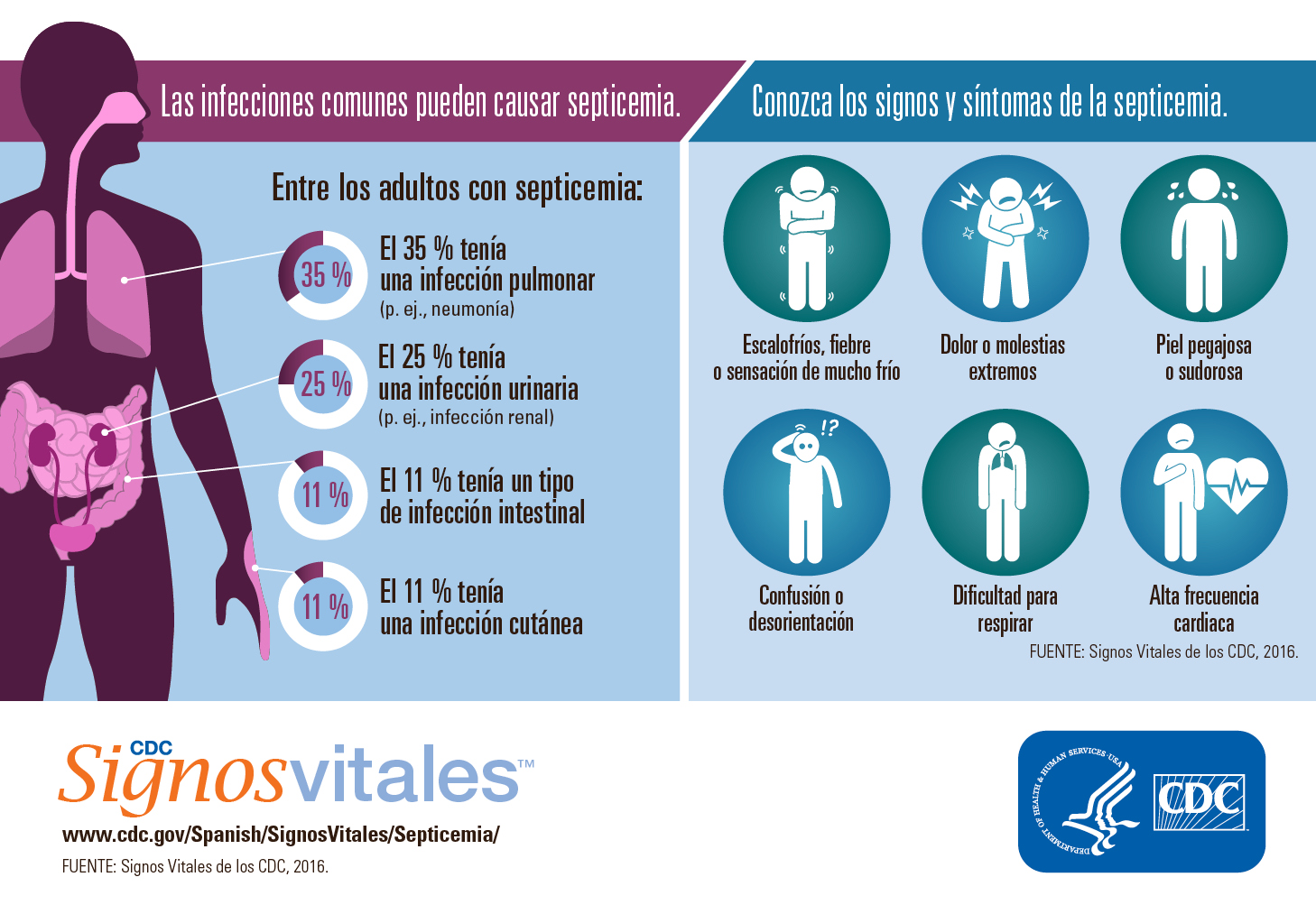
Focal symptoms occur against the background of “general infectious manifestations”, these are:
- paresis
- paralysis of the respiratory muscles
- paralysis of limbs,
- paralysis of the facial muscles, etc.
Rabies and slow infections can be a huge danger, and therefore, special attention is paid to them.
Rabies.
Almost all mammals can suffer from rabies. The source of infection is usually dogs, wolves, foxes, and it is through the bite of infected animals that this dangerous infection is transmitted to humans.
Symptoms:
- hydro and aerophobia
- convulsions
- bouts of aggressive behavior.
Emergency vaccination after a bite is the only way to recover, therefore it is forbidden to wait for the development of the first symptoms of the disease, since this can only mean that the person can no longer be saved.
Slow infections – viral neuroinfections that have the ability to remain asymptomatically in the human nervous tissue for a long time, with the subsequent development of the disease.
Scientists have deduced four main features that distinguish slow infections:
- unusually long (months and years) incubation period;
- slowly progressive nature of the course;
- unusual damage to organs and tissues;
- inevitability of death.
The causative agents of the virus are rubella and measles. For reasons that are not completely clear, these viruses can remain in brain cells after an illness and cause disease after 4 or more years. Both viruses cause panencephalitis with similar symptoms:
personality change with dementia
Gradual paralysis of all striated muscles.
Unfortunately, even with treatment, the consequences of these neuroinfections are always the same – death.
Prions
Prions – proteinaceous infectious (particles).
Prions are defined as “a small protein infectious particle that is resistant to inactivating effects that modify nucleic acids”, in other words, prions are ordinary body proteins that, for some reason (which are not yet known), begin to behave “incorrectly”.
There are four types of prion neuroinfections, and only one of them has a clear mechanism of transmission. In some tribes of Papua New Guinea, cases of kuru-kuru have often been noted due to the previously common ritual cannibalism – eating the brains of relatives. Prions cause spongiform encephalopathy, that is, the brain turns into a kind of sponge.
Parasitic infections
Toxoplasmosis is a parasitic disease characterized by the possibility of intrauterine infection, damage to the nervous system, eyes, skeletal muscles and heart muscles, as well as an increase in lymph nodes, liver and spleen.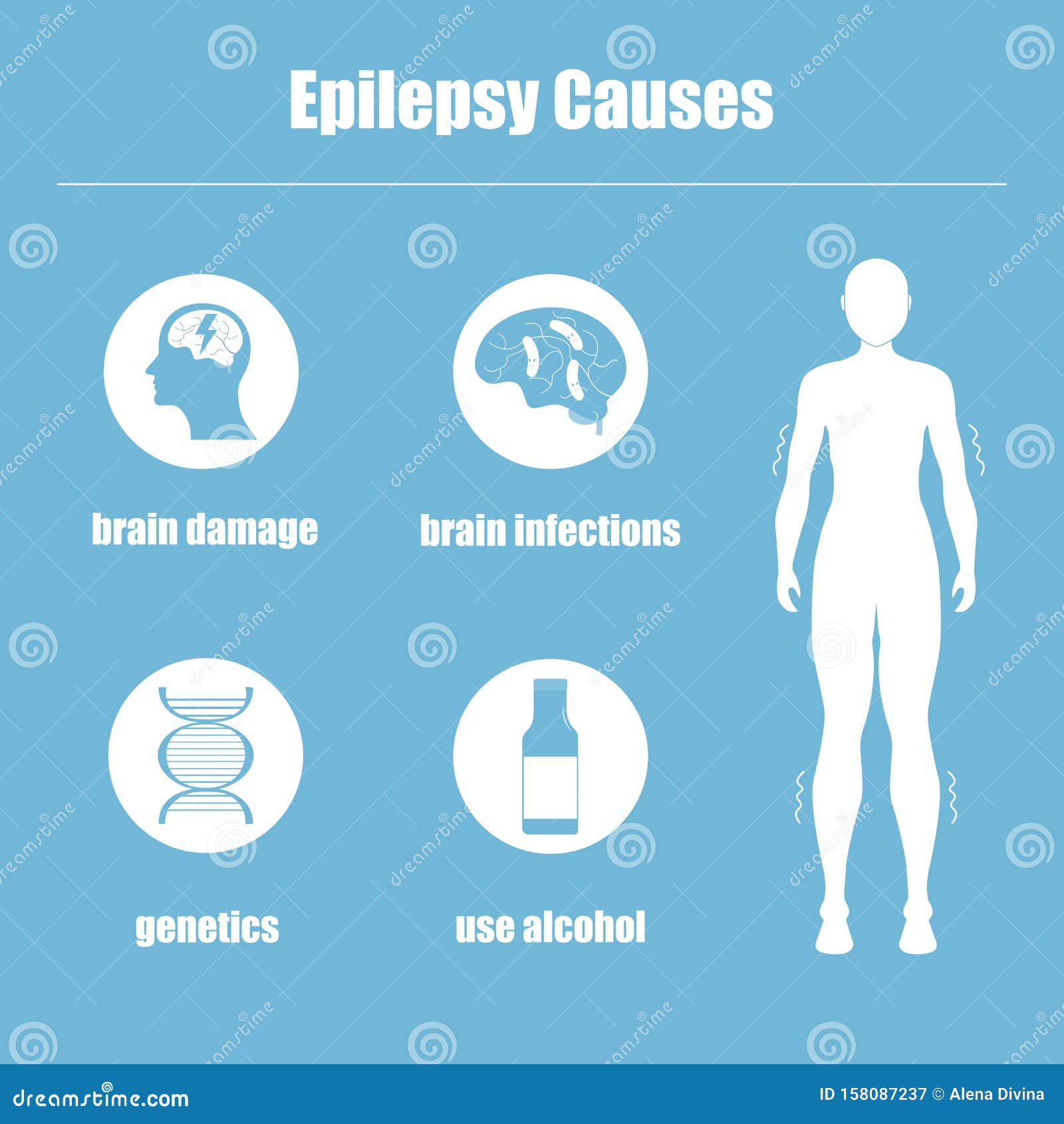
For the causative agent of this disease, a person is an intermediate host, and the main one is cats. In a normal state of immunity, the disease does not manifest itself in any way, but if a person suffers from immunodeficiency, then there may be such variants of the disease:
- encephalopathy, with the development of delirium, confusion up to coma;
- meningoencephalitis, with all its classic manifestations;
- toxoplasma abscess of the brain, which is manifested by general infectious symptoms, focal disorders, depending on the location, convulsions, impaired consciousness.
The most severe consequences of toxoplasmosis are in pregnant women, as it causes underdevelopment of the fetal brain.
Diagnostics
In order to diagnose a neuroinfection, including the brain, a set of measures is used:
- general analysis of blood and urine;
- blood chemistry;
- blood test for antibodies to viral, bacterial and other agents;
- visualization methods – MRI;
Treatment
Despite the difference in pathogens, some aspects of treatment are the same in all cases.


 If meningococcal meningitis is diagnosed, people in close contact with an infected individual should be given preventative antibiotics.
If meningococcal meningitis is diagnosed, people in close contact with an infected individual should be given preventative antibiotics.
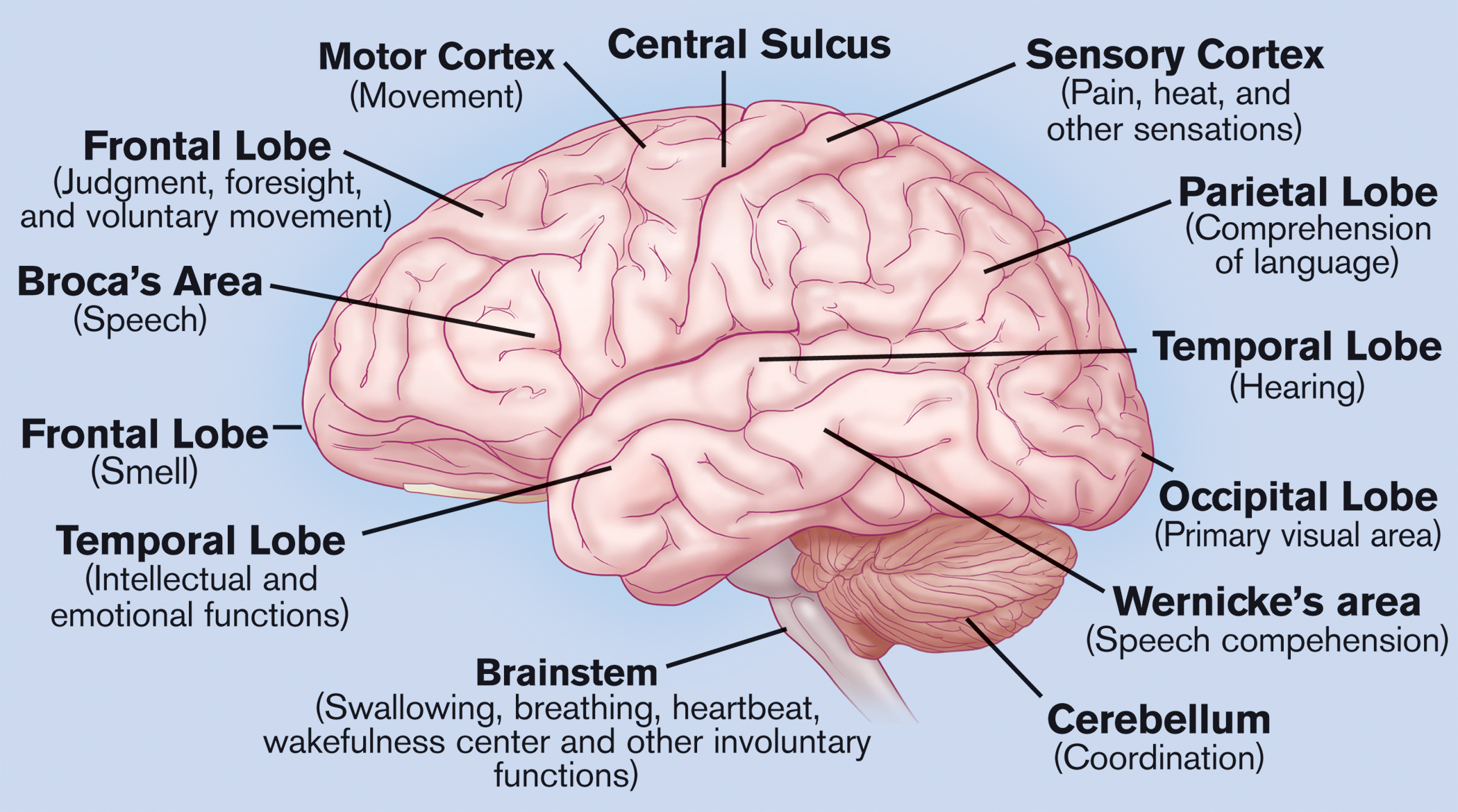

 Vadim Hetman, 1-in
Vadim Hetman, 1-in
